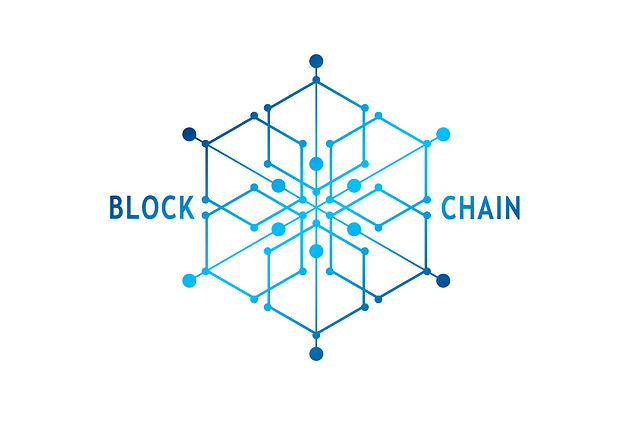Digital transformation is pivotal for present customer-centric business ecosystems. It brings customers, stakeholders, products, and services on the same platform. Because of blockchain, businesses can now transform and move along at this rapid pace.
Blockchain was invented over 15 years ago to serve the public transaction ledger of Bitcoin. Since blockchain technologies have evolved significantly over these years, technologies have already formed a symbiotic relationship: the blockchain ecosystem.
This article will walk you through the evolution and history of this blockchain and how it would help the future.
What Is Blockchain Technology
Blockchain technology is a decentralized ledger invented in 2008 by an unknown group or person using Satoshi Nakamoto’s pseudonym. It was initially invented as a backbone for Bitcoin. Over the years, the application of blockchain technology has gone beyond the scope of cryptocurrency.
History of Blockchain Technology
During the early days of blockchain, its application was solely for peer-to-peer financial transactions. It saves you the hassle and need for intermediaries like banks. Decentralized blockchain records the transactions on a public ledger and makes it accessible to anyone on the network, disrupting the traditional financial industry,
The popularity of blockchain technology sparked the development of Ethereum and Litecoin, other cryptocurrencies that used the same blockchain but only different protocols. These new cryptocurrencies allowed the execution of complex transactions with its new feature: smart contracts.
Today, various industries use blockchain technology to enable secure and transparent transactions. This is a helpful solution for industries that rely on the integrity of their data. Blockchain technology makes more secure storage and transfer of data by eliminating the risk of a single-point failure.
Blockchain 1.0 vs Blockchain 2.0 vs Blockchain 3.0
The concepts introduced by blockchain 1.0 and even more from blockchain 2.0 made blockchain 3.0. They introduced new consensus methods and interoperability solutions.
Scalability and interoperability are the issues that plagued both blockchain 1.0 and blockchain 2.0 networks. With this third-generation blockchain ecosystem, the 3.0, these issues were resolved with proof-of-stake (PoS), a new consensus algorithm.
Instead of mining, PoS will ask users to stake or lock in their tokens to become validators. Before committing to the blockchain network, validators ensure that incoming transactions are valid. This will earn them transaction fees for their efforts.
Blockchain 3.0, such as WEMIX, also solves interoperability issues. Many of the blockchain ecosystems are siloed away from one another. These bridges connect two or more blockchain networks, which helps users achieve true financial freedom. Bridges unify all types of blockchain ecosystems, which enables users to convert assets from one network to another.
Different Types Of Blockchain
The blockchain ecosystem evolves continuously. Understanding the different types of blockchain is crucial as each type offers a different use that will cater to the user’s or the company’s needs.
Aside from the blockchain generations, there are also different types of blockchain when viewed from a permission-based angle. Each type offers a different use case for a company or user’s needs. The different types of blockchains are as follows:
1. Public Blockchain
The most basic form of the blockchain ecosystem is the public blockchain. These are open and accessible to anyone who wishes to utilize the database to build dApps. Public blockchains are decentralized, and users can validate their transactions. Examples of public blockchains are Bitcoin and Ethereum.
2. Private Blockchain
This type of blockchain is restricted only to a specific group of participants. They are less decentralized but offer more control and privacy. For internal processes such as supply chain tracking, organizations utilize private blockchains.
Organizations can use private blockchains like a traditional database. Some information might be available to the entire workforce, but more private information is only open to C-suite executives.
3. Hybrid or Consortium Blockchain
Hybrid or consortium blockchains are a middle ground as they employ characteristics from both public and private networks. Multiple organizations and corporations utilize this blockchain. It governs them with public-facing services to validate transactions in industries where multiple stakeholders need access to a shared ledger, in which hybrid blockchain is often used.
Application Of Blockchain Beyond Cryptocurrencies
The potential of blockchain goes far beyond digital coins. Its transparent and decentralized nature offers a solution to various industry challenges. The following are the different applications of blockchain besides cryptocurrencies:
1. Supply Chain Management
Supply chains can track the journey of products from their origin to the consumer with the help of blockchain technology. It combats counterfeit goods and food safety concerns while ensuring authenticity and transparency. The steps undertaken in the supply chain are recorded on the blockchain, which puts consumers and companies at ease.
2. Healthcare
Enabling interoperability between different healthcare systems ensures the security of patient records. Patients can maintain their privacy and transparency because they control who can access their data. The accuracy of patients’ data is also secured, and medical professionals can access them quickly.
3. Smart Contracts
With the contract terms written into code, smart contracts are self-executing agreements. These contracts are automatically executed when specified conditions are met, thus removing the intermediaries. For example, once the payment is received in real estate, the blockchain can automate the transfer of property titles.
4. Voting
Blockchain technology enhances the electoral process by providing tamper-resistant and transparent voting. Reducing the potential of fraud, you can ensure trust in the democratic process since each vote is recorded on the blockchain securely.
Blockchain In The Future
Since the blockchain ecosystem is evolving continuously at a rapid pace, its future looks very promising.
Because of this, people can expect developments of a more sustainable future. Look for improvements in energy-efficient consensus mechanisms and eco-friendly blockchain solutions.
The Impact of Blockchain’s Evolution
From its origins in cryptocurrency, blockchain technology has come a long way. From supply management to voting and healthcare systems, it has evolved into an ecosystem with applications in different industries. Understanding the different types of blockchain can help you navigate it easily, ensuring well-informed decisions.







